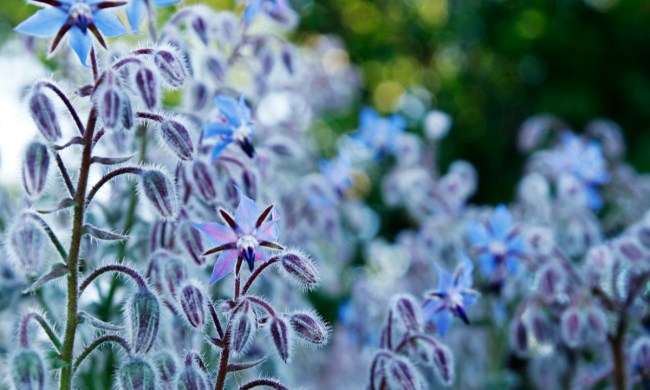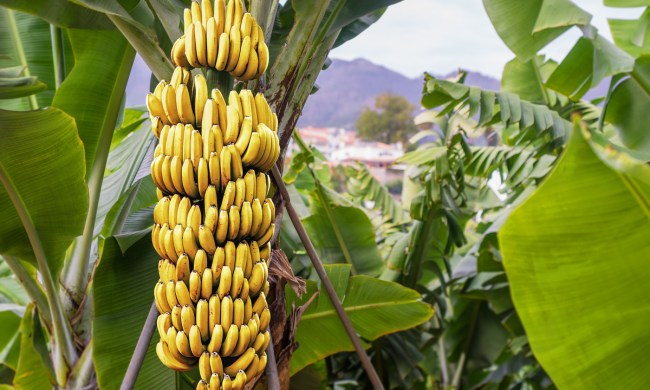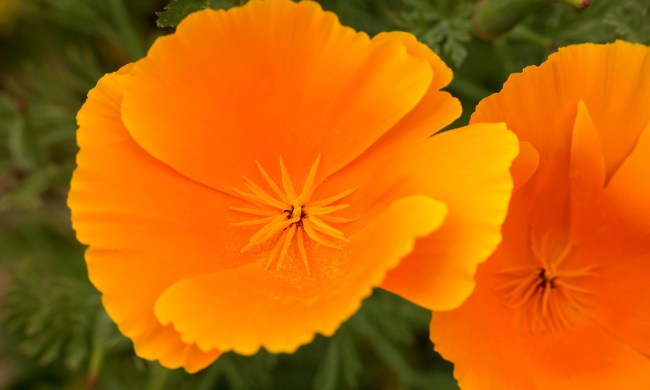
Plant ties typically are made of plastic, nylon, foam, Velcro, or jute. They are designed to secure plants gently and encourage vertical growth without causing damage. The ties can be wrapped around each plant’s stem and stake, and then be twisted in place. These leading plant ties are tops when it comes to safely and dependably securing various vines, flowers, and shrubs.
Plant ties can help secure plants and be adjusted as they continue to grow. Many ties are engineered to be strong, weather resistant, and customizable to suit a plant’s needs. They also are soft on stems and can be wrapped or twisted.
YDSL Twist Ties
Best Value

If you’re on the hunt for affordable yet quality plant ties, these are the ones for you. Sold in a 32.8-foot reel, these economical and reusable ties are made of high-quality green plastic that’s engineered to be strong and durable without damaging your plants and trees. The reel comes with a built-in cutting tool for more convenience. The spindle is engineered to be easy to unwind and keep the ties well organized.
VELCO Brand Garden Ties
Best Overall

When one of the best available plant ties is called for, the VELCO Brand Garden Ties answer it. The one-wrap ties have a non-slip grip to keep flowers and plants staked, supported, and more securely bundled together. The soft-sided ties are engineered to prevent scratching or damaging plants, and to be easier to reposition. They are made of 65 percent recycled plastic.
Thick Stretch Tie
Best Multi-purpose Ties

If you need plant ties that can be used in a wide variety of ways, get the Thick Stretch Tie. The 300 feet of 1/2-inch-wide vinyl tape can be used for both training and staking a number of plants. Engineered to be strong, stretchy, and long lasting, the green-ribbon ties are 4 millimeters thick. Since it's wider than wire, it can more gently disperse tension.
Ugold 8mil Extra Thick Stretch Tie
Best Extra Thick Ties

Desire extra-thick plant ties? Then these could be the ones for you. The green-ribbon ties are 8 millimeters thick — double the thickness of some other brands — and can stretch as a plant grows. The strong, durable, and flexible ties come in a 150-foot roll. It can be used as a vinyl stake for a variety of plants.
Make sure your plants stand tall without suffering any damage from wind or animals by using dependable plant ties. These plant ties are strong, durable, flexible, and reusable.


